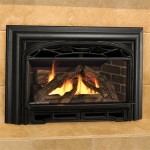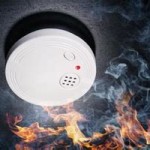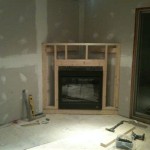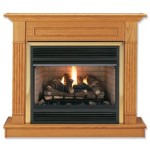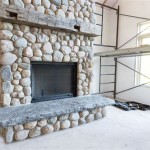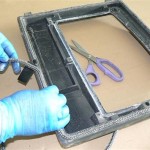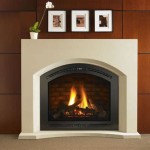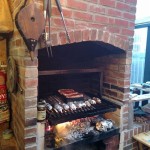Gas Fireplace Hood: Essential Aspects to Consider
Gas fireplaces offer a cozy and efficient way to warm up your home. To ensure the safe and proper operation of your gas fireplace, a gas fireplace hood is crucial. This article delves into the essential aspects of gas fireplace hoods, providing valuable information to help you make an informed decision when choosing and maintaining one.
Purpose of a Gas Fireplace Hood
A gas fireplace hood is a metal enclosure that fits over the top of the fireplace and extends vertically through the ceiling. Its primary purpose is to vent combustion gases safely to the outside. These gases, including carbon monoxide and other harmful pollutants, are produced when the gas burns. The hood ensures that these gases are not released into your living space, protecting the health of your family.
Materials and Construction
Gas fireplace hoods are typically constructed from galvanized steel or stainless steel. Galvanized steel is treated with a zinc coating to prevent rust and corrosion. Stainless steel is a durable and corrosion-resistant material that is often used in high-end hoods. The thickness of the metal will determine the strength and durability of the hood.
Sizing and Installation
The size of your gas fireplace hood will depend on the size of your fireplace. It should be large enough to cover the entire top of the fireplace and extend at least 12 inches above the ceiling. Proper installation is crucial for the hood to function effectively. It should be installed by a qualified technician who can ensure that the hood is securely attached and that all joints and seams are sealed to prevent leaks.
Types of Gas Fireplace Hoods
There are two main types of gas fireplace hoods: zero-clearance and masonry. Zero-clearance hoods are designed for use with manufactured fireplaces that do not require a chimney. They are self-contained units that can be installed directly on the wall or ceiling. Masonry hoods are used with traditional fireplaces that have a masonry chimney. They are typically larger and more complex to install than zero-clearance hoods.
Maintenance and Inspection
Regular maintenance and inspection of your gas fireplace hood are essential for its proper operation and safety. The hood should be inspected annually by a qualified technician to check for any damage, corrosion, or blockages. Any debris or soot buildup should be removed to ensure efficient venting. It is also important to clean the exterior of the hood regularly to maintain its appearance.
By understanding the essential aspects of gas fireplace hoods, you can make an informed decision when choosing and maintaining one. A well-installed and properly maintained hood will ensure the safe and enjoyable operation of your gas fireplace for years to come.

24 Gauge Steel Fireplace Hood Made To Custom Specifications

39 Inch Standard Fireplace Hood 24 Gauge Steel

Fireplace Hoods Heat Deflectors Custom

Canopies And Fire Hoods Camelot Fireplace Open

Empire Fireplace Hood

Fireplace Canopy Hood For Gas Logs Fine S

Fireplace Hood Canopy Or Heat Deflector Project Small House

Fireplace Hoods Heat Deflectors Custom

Hy C Black Adjustable Fireplace Vent Hood Fah Blk The Home Depot

Canopies And Fire Hoods Camelot Fireplace Open

